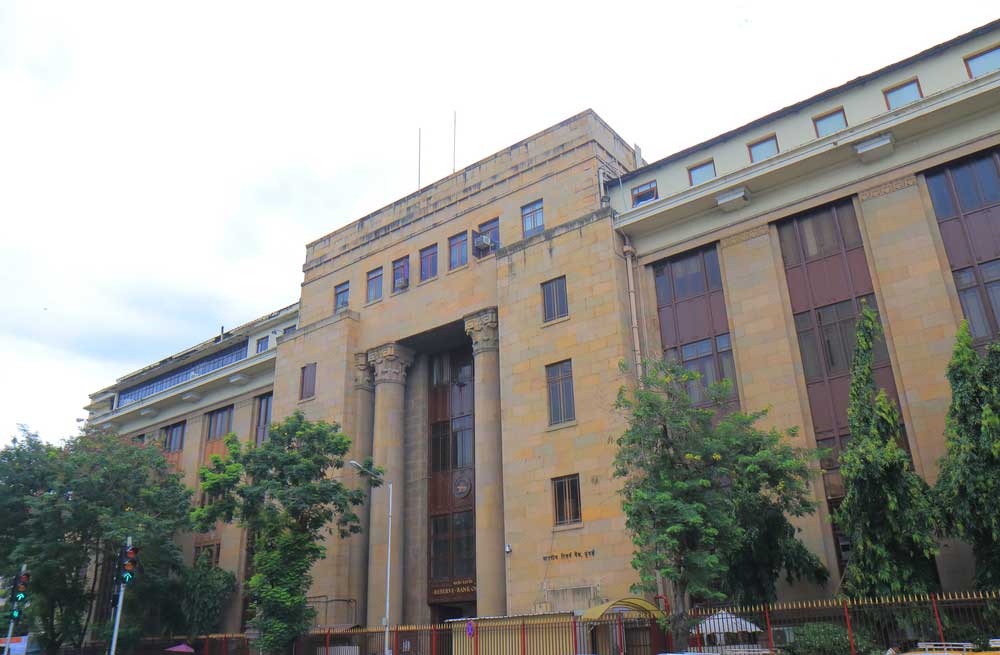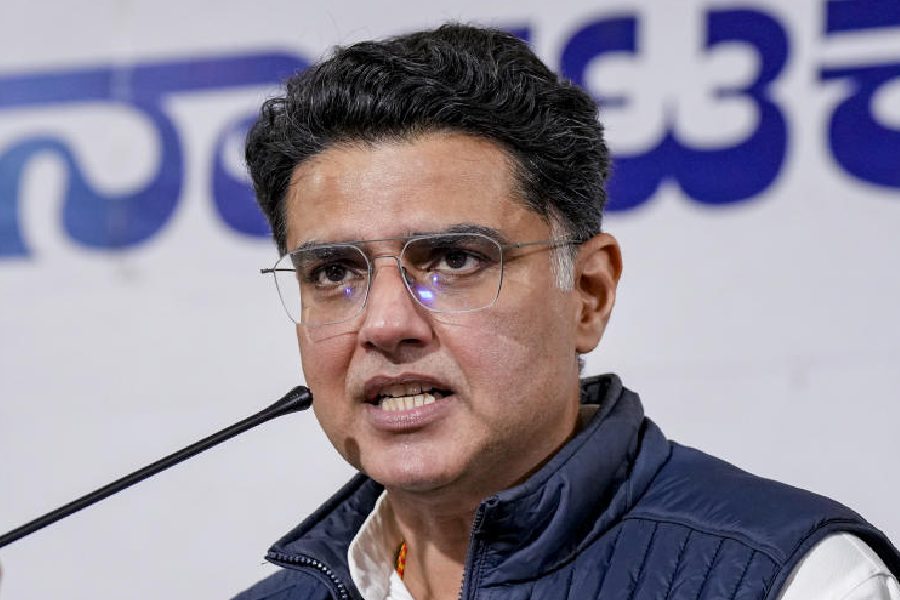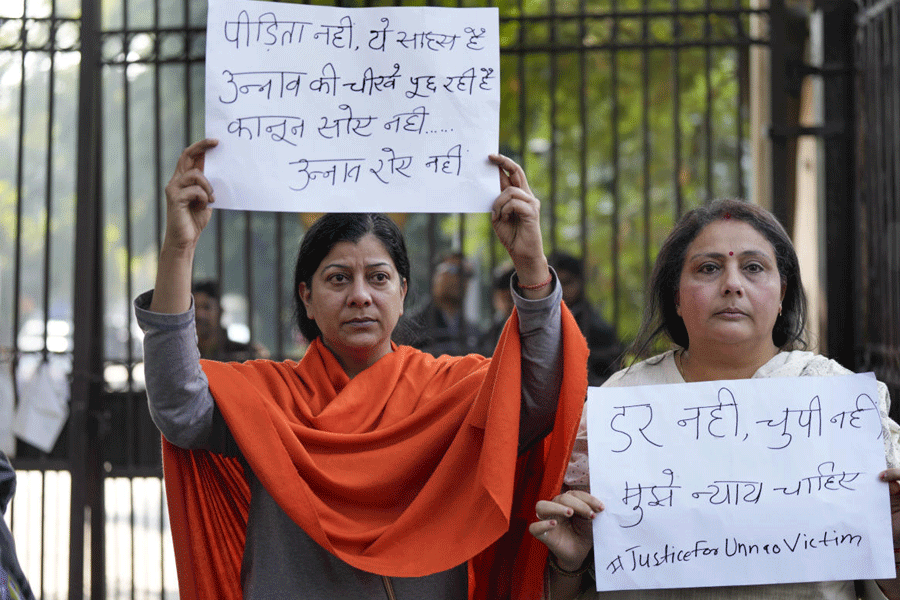Payment banks in the country will need some more time to book a profit even as they expand their customer base, the RBI says in its report on banking trends in 2017-18.
In 2015, the central bank had given an in-principle approval to 11 entities to set up these niche banks. However, four of them dropped their plans. The RBI subsequently issued licences to seven entities.
While these banks cannot lend, they can accept deposits of up to Rs 1 lakh in each account. Further, they have to maintain an investment of at least 75 per cent of their deposits in government securities and 25 per cent in demand and time deposits with other commercial banks.
According to the RBI, the primary objective of establishing these banks was to harness technology to increase financial inclusion by opening small savings accounts and providing payments or remittance services to migrant labourers, small businesses, low income households and other entities in the unorganised sector.
The report said a consolidated balance sheet of payment banks showed net losses during 2016-17 and 2017-18. In the previous fiscal, the net loss posted by five payment banks stood at Rs 517 crore compared with Rs 242 crore (two entities) in the preceding year.
Moreover, the operating profit of these banks also remained negative, though net interest income (a bank’s core income) improved. Interest income, which was at Rs 31.4 crore in 2016-17, improved to Rs 176 crore in the following year.
High operating expenses from setting up initial infrastructure contributed to the losses. Operating expenses ballooned from Rs 380 crore to Rs 1,677 crore in 2017-18.
The trend continued during the first half of this fiscal with payment banks witnessing a negative operating profit or net profit.
However, on the positive side, their performance improved in terms of various metrics such as net interest margins and the cost to income ratio. Yet, their losses as reflected in return on assets or return on equity continued.
E-wallets occupied the largest share in the total remittance business of these banks during 2017-18.
More than 81 per cent of inward remittances in terms of value were made through e-wallets.











